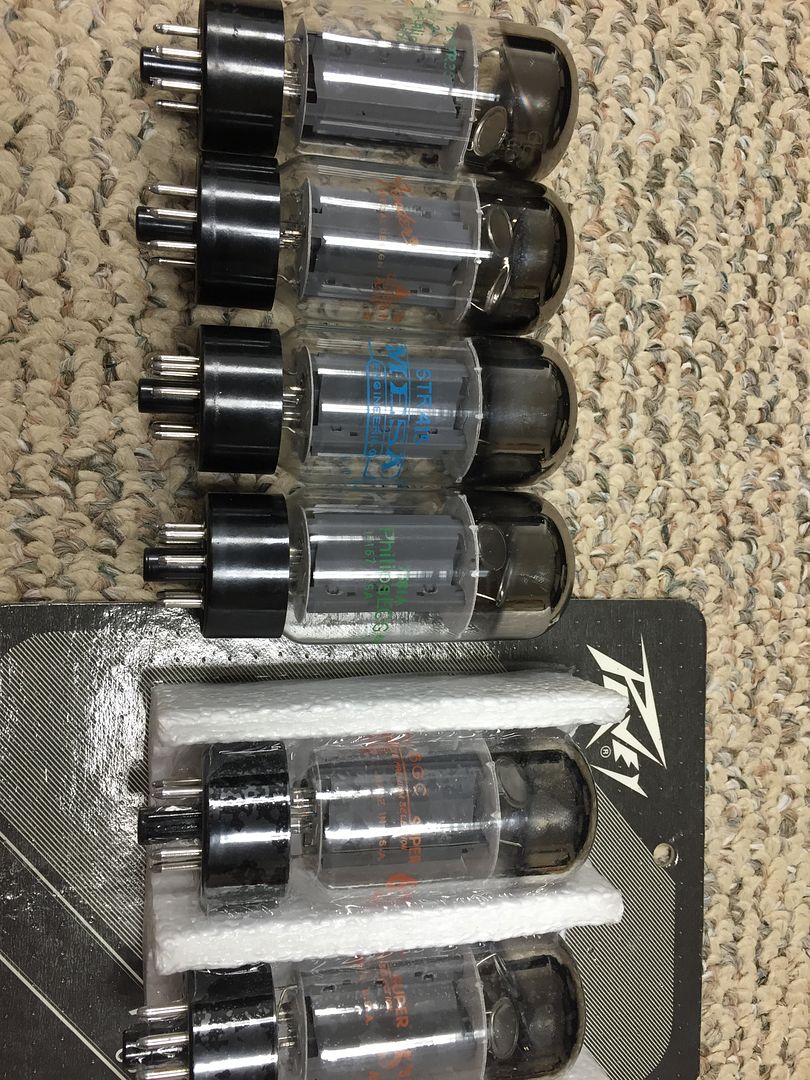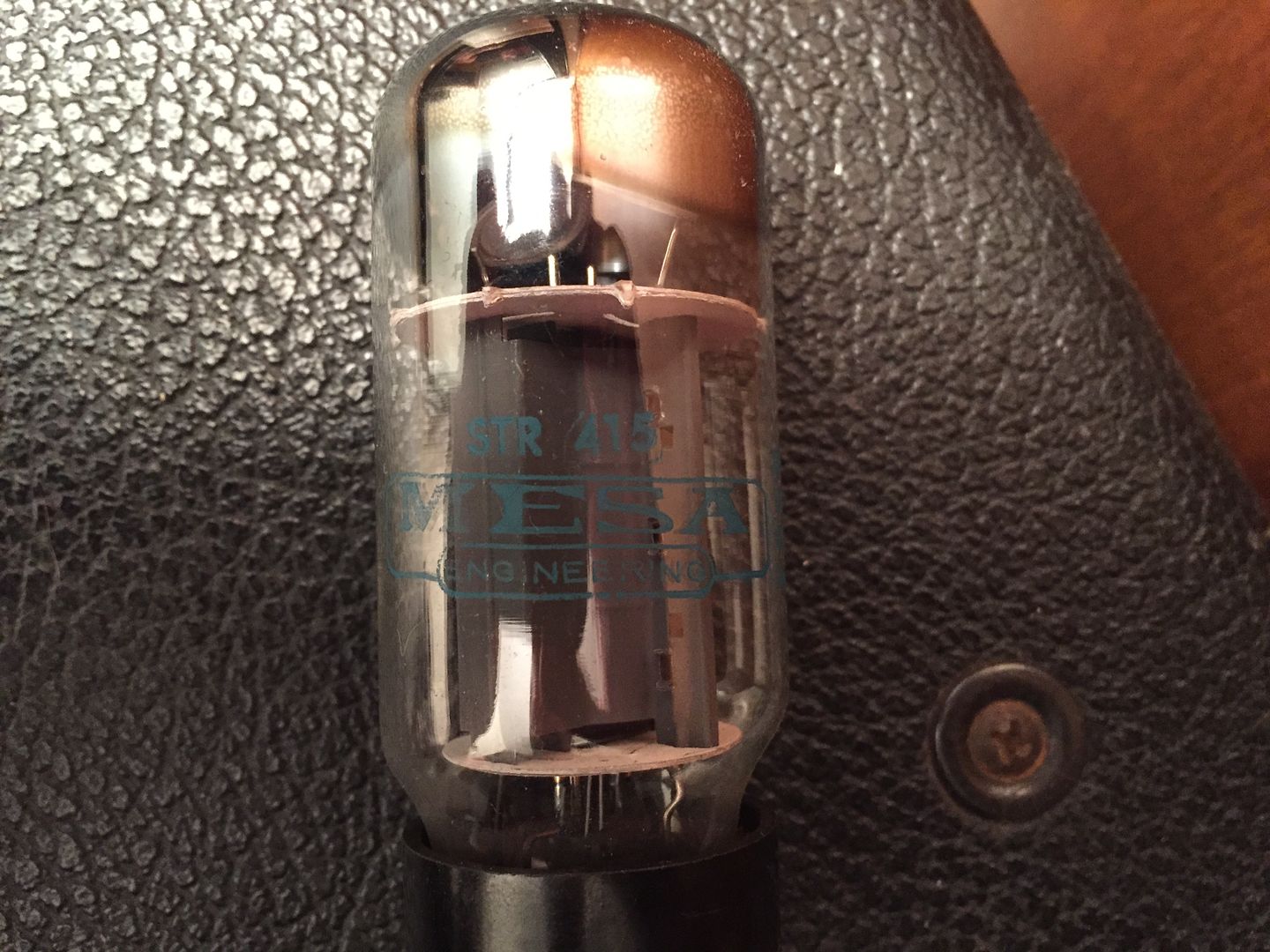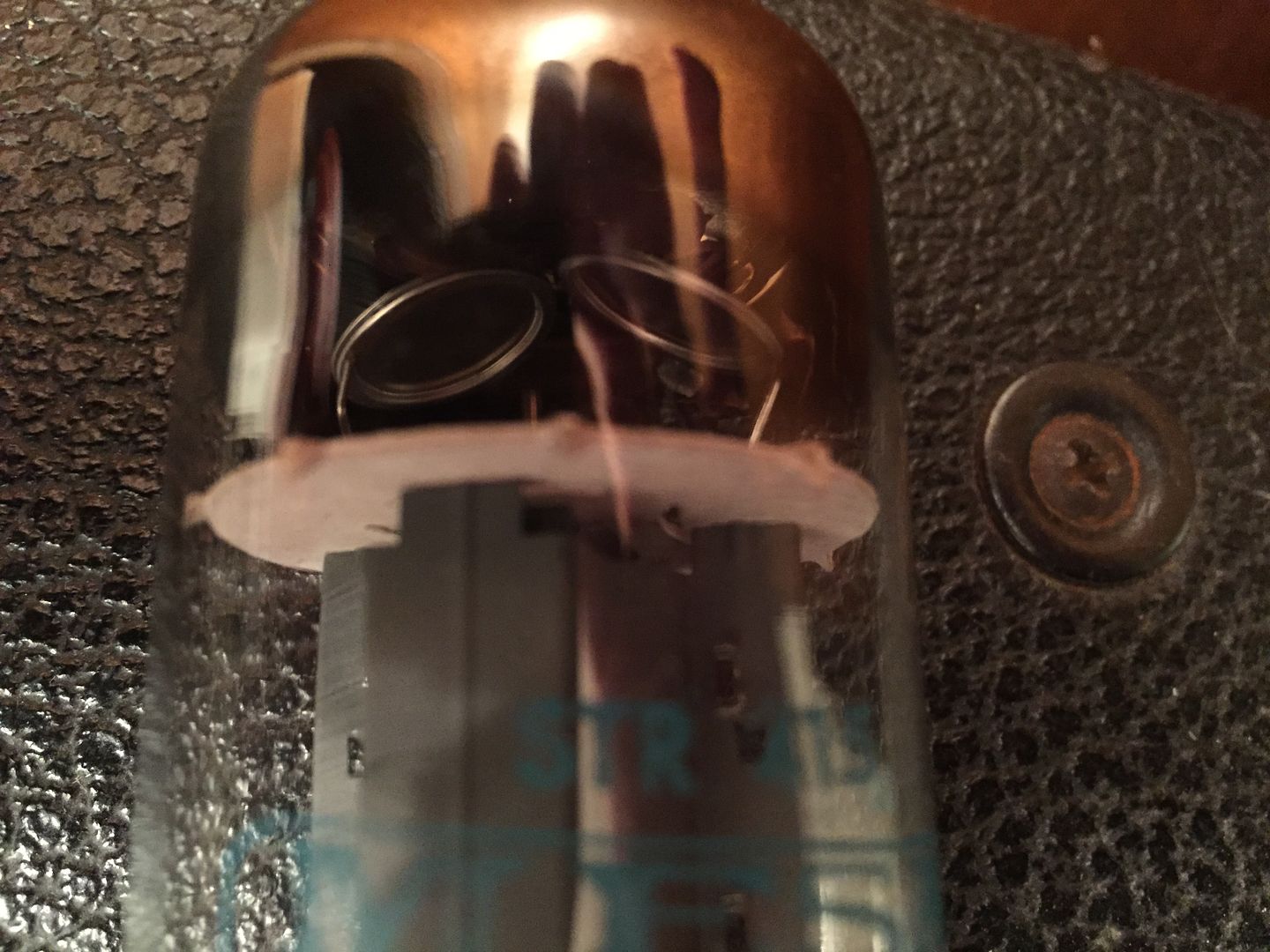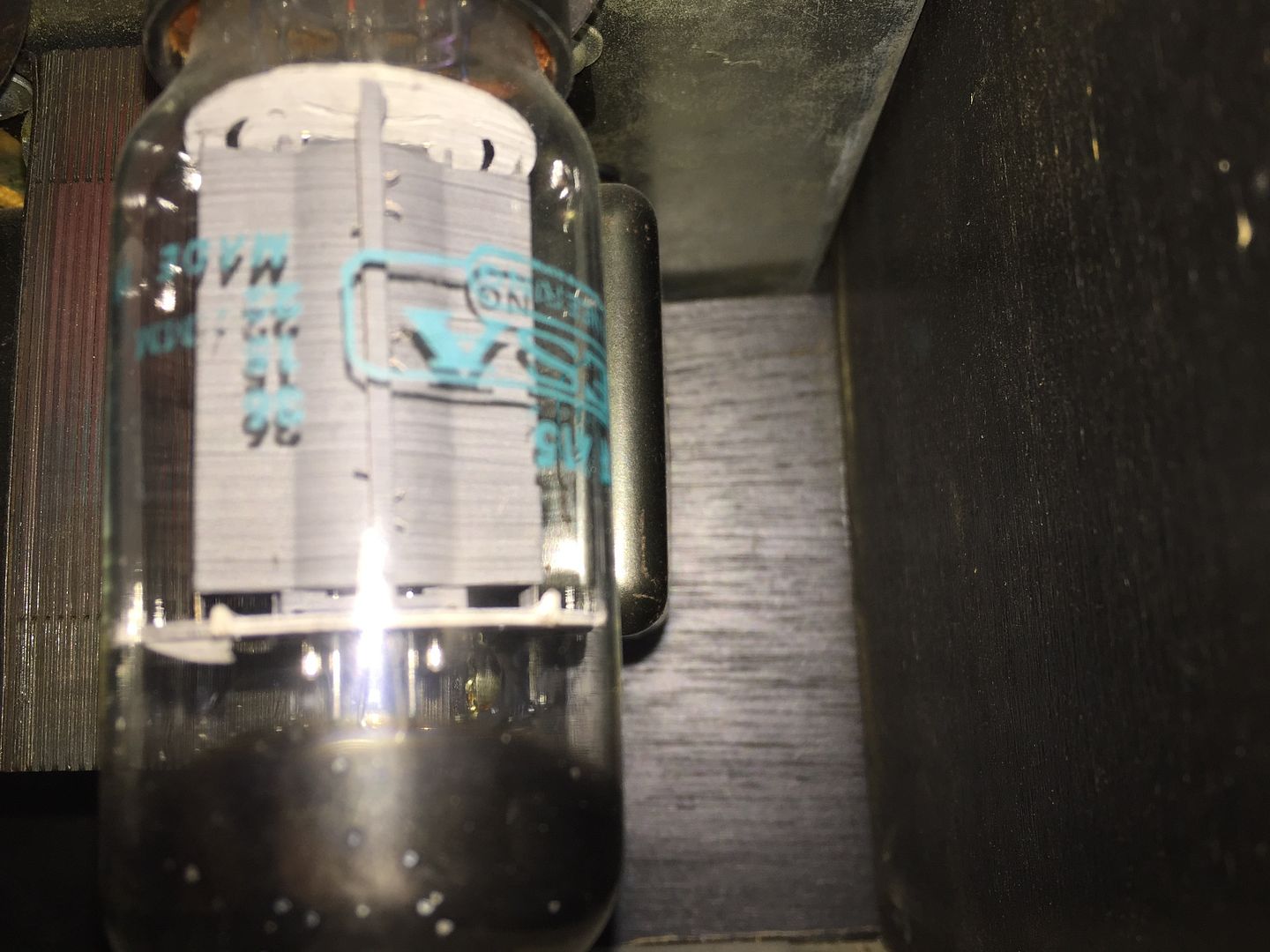The Philips 7581A and the tall bottle Sylvania STR-387 are the same tube. When Philips ECG bought out Sylvania in the 80's they still distributed the same tube, same tooling only thing that changed was the name. Only thing that differentiates the two is the JAN Philips 7581A or Joint Army Navy is military tested. The grid design and high power handling makes it ideal for amps with LOUD clean headroom. Also you can use the 70% rule of thumb here when biasing as the STR-387 and Philips 7581A are 35 watt 6L6GC's
6L6GC STR 387 35W By Philips/Sylvania STR is Special Tube Request - See note one below:
Back in the 60s and 70s production people were learning that common parts reduced production costs. To make a 19W, 25W, 30W, and 35W 6l6 costs more money to set up production for each type. Now, this is my guess, they said why not stuff 6l6 GC, 7581A, with 7027 guts and make them all the same. The lower rated parts will simply have more margin and last longer. Also, companies were pushing the parts right to their limits where they did not last long. Companies that did this would have longer lasting tubes. So, 7027 and 7581A are offically 35 W, some 6L6 GC are 30W and some are truly 35 W with 7027 guts but there is no designation to indicate 35W - you have to look at the guts. Edit, the 6L6 GC STR is a 35W tube so there is an indication. I knew that the STRs by PhilipsECG/Sylvania were 35 W when I wrote this, but not that the STR meant special tube request so the 35W guts were requested by one or more companies, probably Fender. The interesting thing is that Sylvania also did the 35W upgrade to other non STR types so perhaps the efficiency idea hit them at some point. There are modern STRs and I would not count on them being the same.
The reasons are my speculation, but I have read that the guts are positively the same as the 7027 for certain 6L6GC's and those tubes can run all day at 35W on a tester. There is even a tube rated for 19W with 35 W guts.




